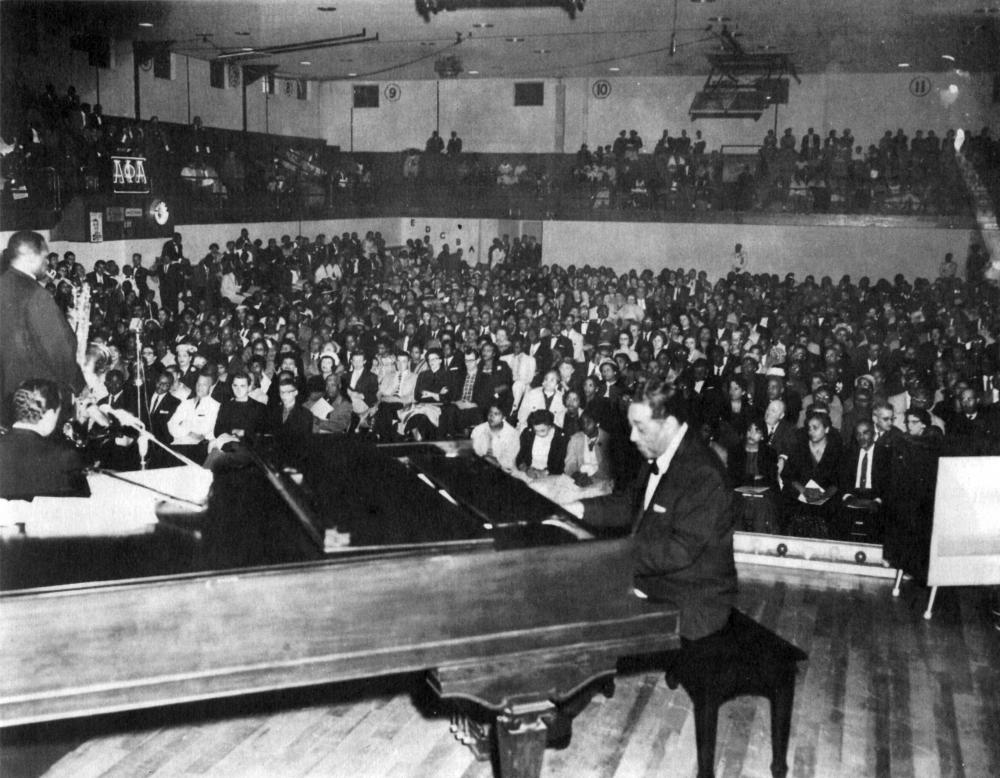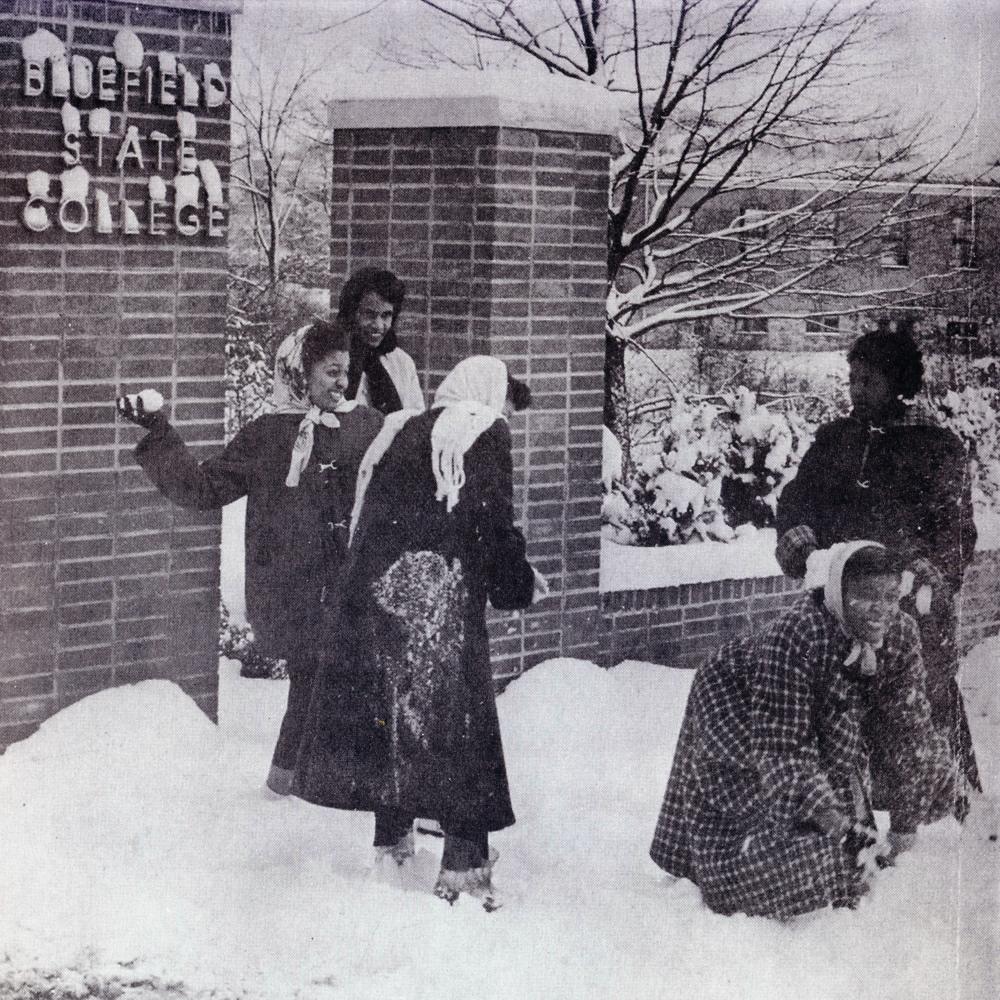
By the midpoint of the 20th century, the school was a celebrated gem of African-American culture, earning its ongoing recognition as one of the nation’s Historically Black Colleges and Universities (HBCU). Heavyweight champion Joe Louis held boxing exhibitions in the gymnasium. Langston Hughes read poetry on campus. Count Basie and Duke Ellington played at fraternity parties.
Over time, changes in society and industry brought changes to the school. Increased automation in the coal industry meant fewer jobs in the area and a long-term demographic shift. After the 1954 Brown vs. Board of Education decision outlawed school segregation across the nation, the combination of high educational quality and low tuition costs at Bluefield State began attracting students of European descent, a trend that has continued for decades. Even today, Bluefield State’s level of racial diversity is twice the state average.

A shared attribute throughout Bluefield State’s history is the faculty and staff’s extraordinary commitment to the success of our students—raising educational outcomes and career prospects without ever lowering standards.
At Bluefield State College, leadership is found in giving strength to others. “We will give them tough love. We will not tolerate faithlessness in themselves,” one professor says. “We will say to them, ‘You can do this. Here are the tools. Let’s do it.’”
In a school whose history reflects more than a century of change, those commitments have remained—and will endure.
